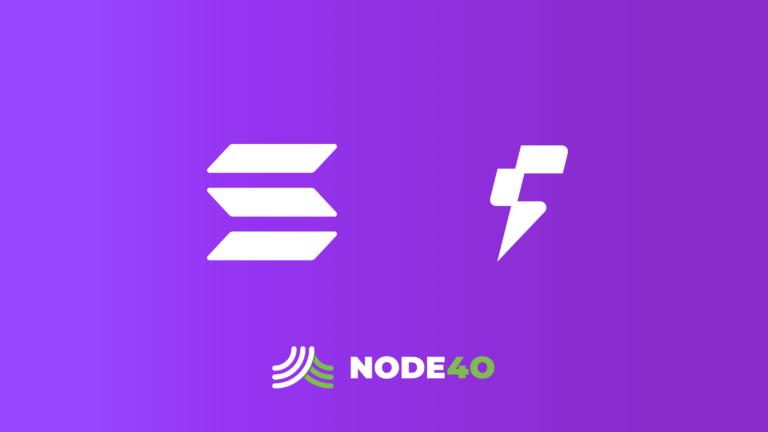In A Treatise of Human Nature, the philosopher David Hume discusses the problem of the correlation between is and ought. The premise is that you should not make a determination about what ought to be based on what is. Hume is not an easy read, and the is/ought dichotomy focuses on ethical theory, but what if Hume was a degen?
So, what’s the is/ought dichotomy in crypto? To put it briefly, the transactions executed by a user (i.e., the is) may not reflect the user’s intent (i.e., the ought). This disconnect can have a significant economic impact.
Let’s look at the example of a DeFi collateralized loan. There are DeFi smart contracts that will allow you to post collateral and then borrow against that collateral. You could send ETH into a contract as collateral and borrow another token (e.g., DAI) against the ETH collateral. The user’s intent (i.e., the ought) was to take out a loan. When you take out a loan in the TradFi world, you would not expect to realize a capital gain when moving collateral from your custody into a locked collateral position. However, in DeFi, the on-chain transaction (i.e., the is) shows the movement of ETH from a user’s dominion and control into a decentralized collateral position. At face value, the is is a disposition event, and a disposition triggers a realized gain. The user may clearly make an argument that they should not pay capital gains when executing certain DeFi actions.
The economic impact of dismissing the intent could be significant. Imagine a user bought 1,000 ETH when it was valued at $1. They decide to move the 1,000 ETH with a basis of $1,000 into a collateralized debt position. Because ETH is trading at $1,600 at the time it is collateralized, the economic impact if we’re solely looking at the on-chain transaction could be a $1,599,000 gain! That is entirely out of line with the users intent of utilizing the ETH as collateral against a loan.
Imagine if you first had to dispose of your house and pay tax on the gain before being given a mortgage. After all, you are collateralizing your house.
Parsing intent is a significant headache for financial professionals. We’re hearing from individuals whose accountants have fired them because their crypto transaction activity is too complicated. Financial professionals shouldn’t need to be experts on the inner workings of crypto. I wrote about this in Cryptocurrency accounting. Computer science degree not required. What financial professionals need is assistance bridging the gap between is and ought.
NODE40 is the bridge that translates complex cryptocurrency transactions and applies context for financial professionals to understand and defend a user’s intent. We do this by capturing exactly what happened on-chain (i.e., the is) and programmatically applying context from the contract. Once the context is applied, financial professionals can make a determination about appropriate treatment that is in line with their client’s intent.
I know that “bridge” is a loaded term in crypto due to cross-chain bridging. NODE40’s approach to providing both the is and the ought works brilliantly with cross-chain bridges. More on that in another post.
We know that Hume’s interests spanned ethical theory as well as economics. If he was alive today, I’m certain he would be a crypto degen and would be writing a Treatise on how to think about cryptocurrency transactions.



